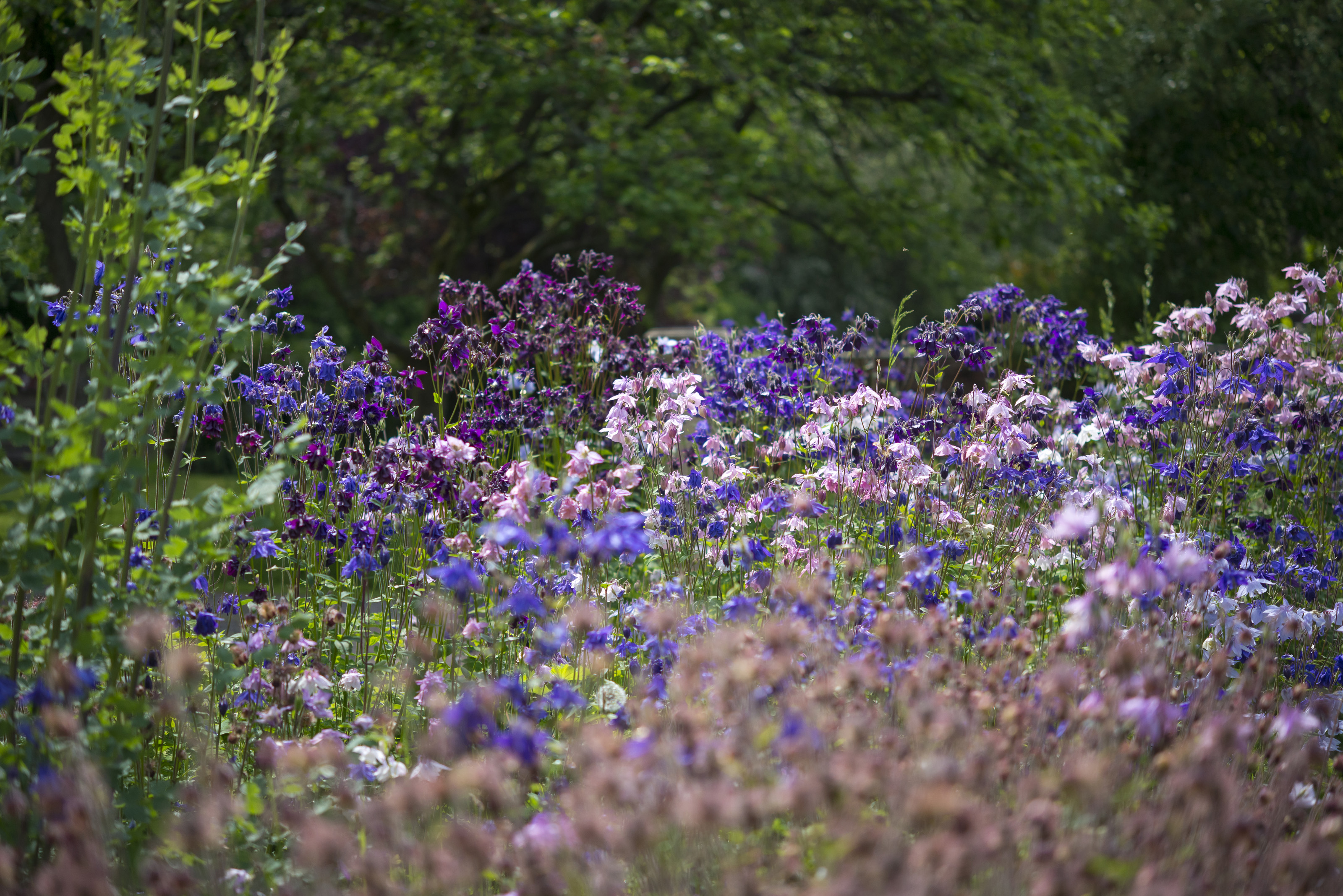The job you need to do now for brilliant blooms next year, according to Monty Don
Make sure you don’t miss out on the beauty of biennials by taking Monty Don’s sowing advice


Some gardening tasks yield instant results, some you don’t have to wait long to enjoy the benefits of, and still others involve a rather longer timespan before you enjoy the fruits of your labor.
Planting biennials is one of those jobs that involves some wait before you can benefit. These are the plants that take a season for roots, stems and leaves to grow, then flower the next time around in a two-year lifecycle.
This might seem like a long wait to enjoy the blooms in your flowerbed ideas, but biennials are worth the time they take, and celebrated gardener, broadcaster and author Monty Don agrees, revealing that now is the moment to get yours started.
Read on for Monty’s advice on sowing biennials and check out our guide to the best cottage garden plants to discover our favorite biennials along with fabulous annuals and perennials for summer borders.
Monty Don’s top tips on sowing biennials

Monty Don gave his top tips on sowing biennials on his website and now we’re sharing his advice along with some of our own.
1. Monty gave us a quick reminder that annuals are the plants that grow then flower then set seed in a single growing season.
Most biennials, on the other hand, germinate and grow without flowering in the summer and autumn, are dormant over winter, then have another growth burst before flowering in spring and early summer, says Monty.
By the way, there are biennial vegetables, too, but we’re talking flowers here.
2. The other option for blooming beds and borders? Perennials, plants that will flower every year – although their lifespans are variable and may be only three years, for example.
3. Bear in mind that although biennial plants complete their lifecycle in two growing seasons, many self-seed resulting in plenty of plants for your initial outlay and effort.
For year on year flowering, you can also plant a new batch in the year the first ones you put in come into flower.

Mix of aquilegia in an English garden
4. Which plants that you might like in your garden borders are we talking here? Monty draws attention to examples like wallflowers, honesty, foxgloves, forget-me-nots and aquilegia, which all grow fast from seed and develop strong roots and foliage in one season and flower in the next, he says.
Consider, too, teasels, which are fabulous for wildlife garden ideas, Sweet William and angelica, as well as Iceland poppies which, although actually perennials, are better grown as biennials.
5. Biennials can often be ideal for a cutting garden. Think honesty, wallflowers, Iceland poppies, Cynoglossum amabile – aka Chinese forget-me-not – and Sweet William for beautiful indoor displays. You'll find plenty more suggestions in our guide to the best cutting garden flowers too.

6. To benefit from the biennials Monty mentions, sow seeds now into a seed tray or pots. You could put them in rows in the vegetable garden, too, he suggests. Our guide on how to grow flowers from seeds has plenty more advice on achieving the best results.
Don’t forget about watering plants when there’s a dry spell. Keep up with the weeding as well if they’re in a bed.
7. Prick plants out into pots or thin them to give each the chance to grow healthy roots and leaves before planting out in the desired location in autumn, says Monty.

Sarah is a freelance journalist and editor writing for websites, national newspapers, and magazines. She’s spent most of her journalistic career specialising in homes and gardens and loves investigating the benefits, costs and practicalities of home improvement. It's no big surprise that she likes to put what she writes about into practice, and is a serial house revamper.
